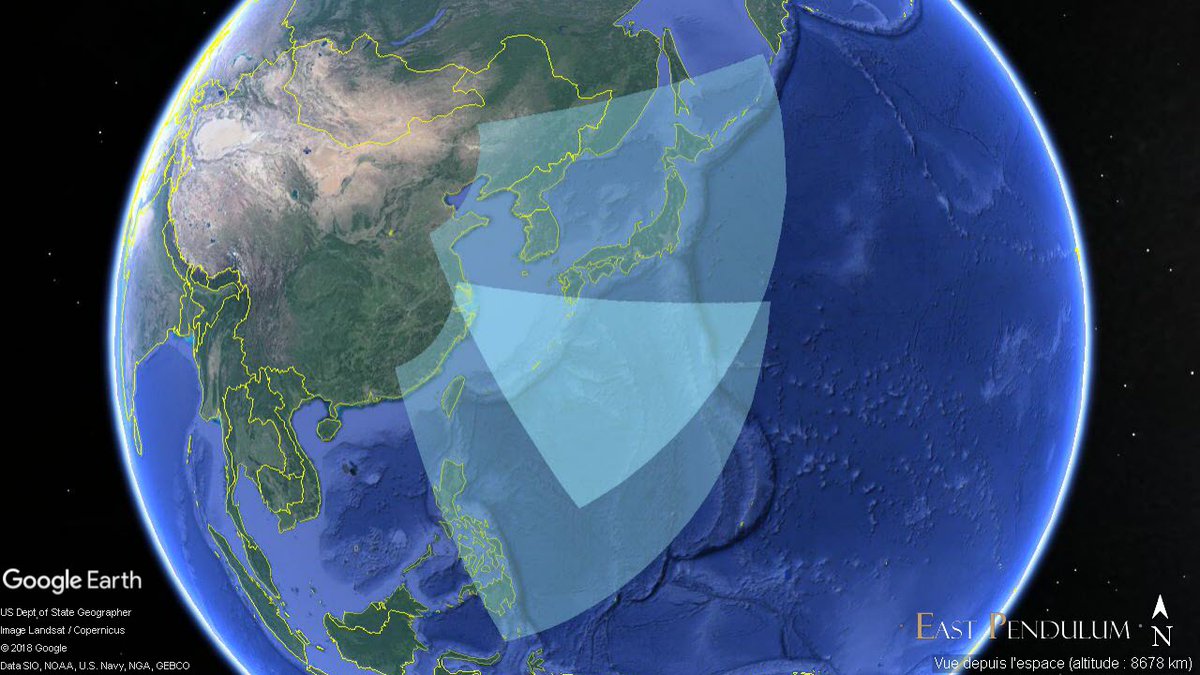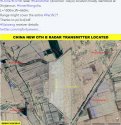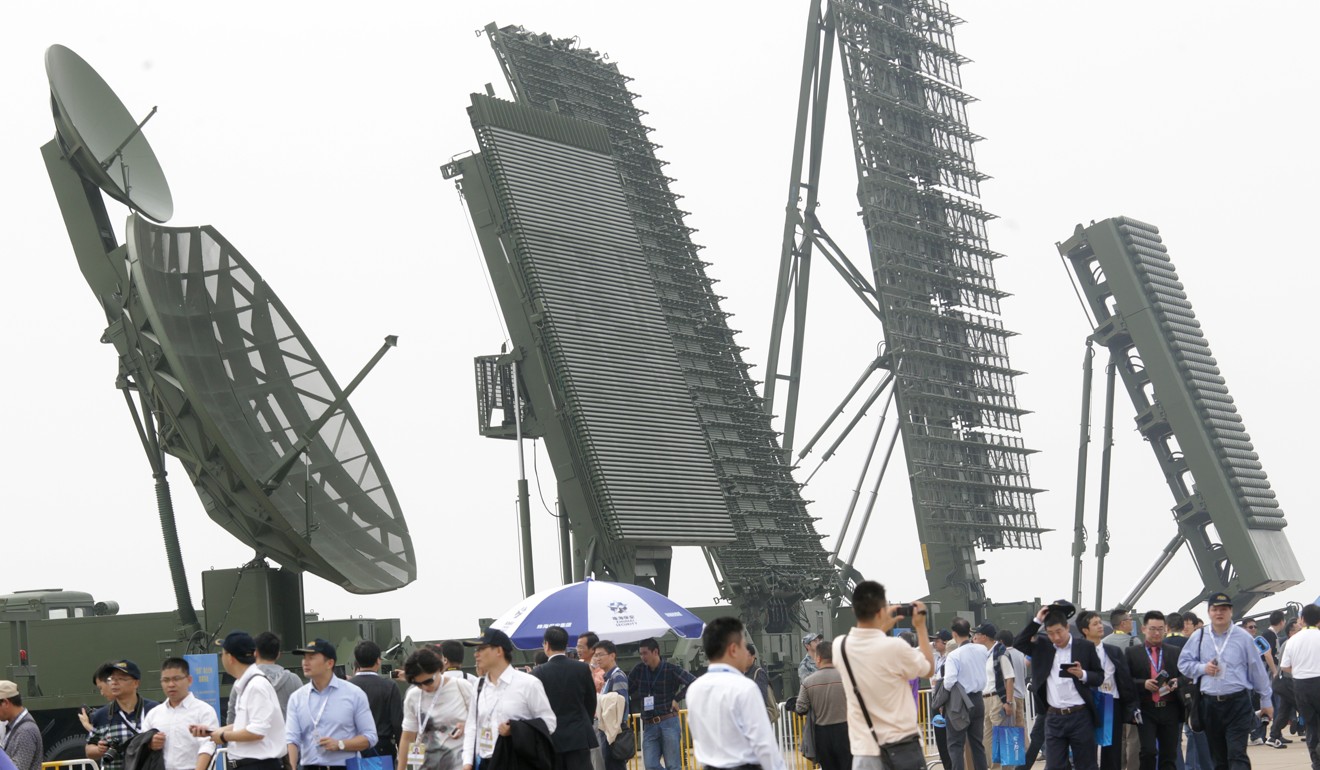Britain to sell China ‘unlimited’ amount of military radar equipment, technology
- Special export licence approved in April, just weeks after British Prime Minister Theresa May visited Beijing
- Move comes amid closer exchanges between top radar scientists from China, Britain
PUBLISHED : Thursday, 01 November, 2018, 5:29pm
UPDATED : Thursday, 01 November, 2018, 5:56pm
Although the supplier has not been named, the “open individual export licence” (OIEL) has been in place since April – two months after British Prime Minister Theresa May visited Beijing – according to information from Britain’s Department for International Trade.
Unlike previous deals involving British arms sales to China, which were capped by amount and value, under the new agreement the supplier can “export an unlimited quantity of goods”, including equipment, components, software and technology for military radar systems, the department said.
Its strategic export control database described the equipment covered by the licence as “target acquisition, weapon control and countermeasure systems” for “aircraft, helicopters and drones”.
“It’s potentially a big licence, and it does say the end user is the air force,” said Andrew Smith, a spokesman for the London-based NGO Campaign Against Arms Trade.
While open individual export licences usually remain valid for between five and 10 years, “the values are never published, so the figure could be very high”, Smith said.
But Britain is not the only European country that sells military equipment to China.
“Almost all the other big arms exporters do exactly the same,” Smith said.
The trade department declined to comment on the deal.
While Britain remains a close ally of the United States, the deal suggests London is prepared to deal with China despite the ongoing trade and strategic tussles between Beijing and Washington.
Li Bin, a senior fellow working jointly in the Nuclear Policy Programme and Asia Programme at the Carnegie Endowment for International Peace at Tsinghua University in Beijing, said Britain was facing many challenges at home and abroad due to its pending departure from the European Union.
While many companies, including financial firms in London, are considering reallocating to mainland Europe, China last year doubled its direct investment in Britain to more than US$20 billion.
Against that backdrop, Britain seemed keen to do more business with China, Li said.
And while Washington might not like the radar deal, it might not be able to stop it, he said.
The export licence is not the only connection Britain has with China on radar systems.
Last month, Professor Hugh Griffiths, one of Britain’s top radar scientists and chairman of the Defence Science Expert Committee at the Ministry of Defence, was officially recognised by Beijing for his contribution to the advancement of Chinese radar technology.
Wu Jianqi, chief designer of China’s first anti-stealth aircraft radar system, presented Griffiths with an “Outstanding Award for Chinese Radar International Development” in front of more than 700 Chinese scientists at a conference in Nanjing, capital of east China’s Jiangsu province, according to information on official websites.
Griffiths, who has been a regular visitor to China since the 1980s, did not respond to requests for comment.
Meanwhile, David Stupples, a British professor of electronic and radio systems at City, University of London, whose research focuses on electronic intelligence and warfare, said he had been invited to lecture at the technical institute associated with intelligence services in China.
“China has made tremendous progress in radar design over the past 10 years and must be considered in the [world’s] top 10,” he said.
In space-based radar systems, for instance, China has shown “expertise and ingenuity”, but for maritime and airborne applications, “the UK is marginally ahead”, Stupples said.
Britain was also ahead on designing complete intelligence, surveillance and reconnaissance systems, although the Chinese military’s “individual components are first rate”, he said.
Cao Yunhe, an award-winning military radar scientist at Xidian University in Xian, capital of northwest China’s Shaanxi province, said the export licence was good news for China’s military strength and radar research.
“If they are willing to sell we are willing to buy,” he said. “We want to know how their systems operate. It will help us improve our own design,” he said.
However, it was unlikely the technology and equipment being sold by Britain would be its most advanced.
“There will always be some restrictions. If not on quantity, then on quality,” he said.
Wang Tong, who is also from Xidian University and works on radar systems for China’s military aircraft and satellites, said the exchanges between Chinese and British experts would not go “too deep”.
Britain shares a lot of intelligence with the US, so China could not possibly allow British experts to get directly involved in its military radar programmes, he said,
“Sharing information about models and specifications is strictly prohibited. I believe both sides are fully aware of the consequences,” Wang said.
“Most of the time people are just talking about physics, mathematical models and new theories.”





